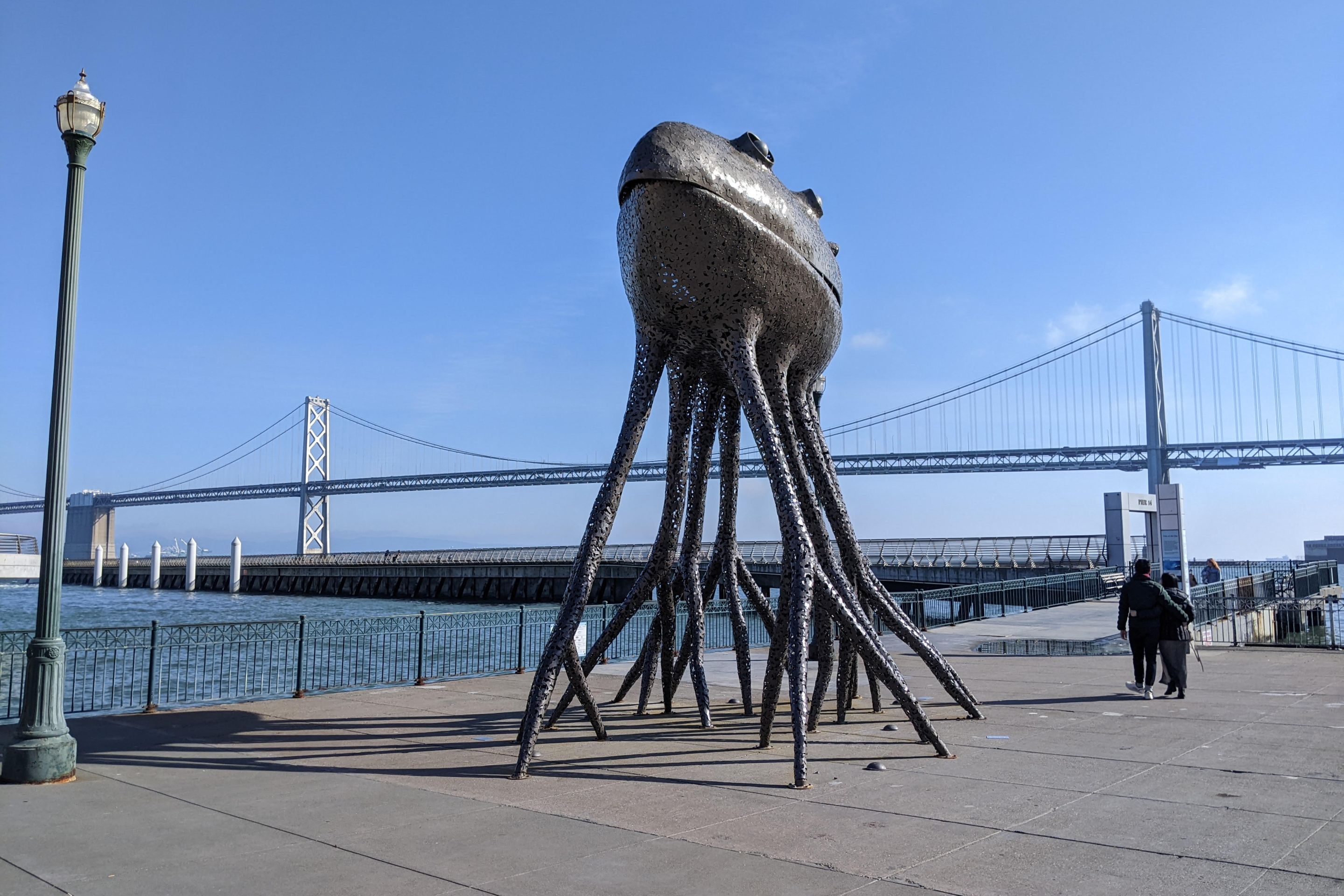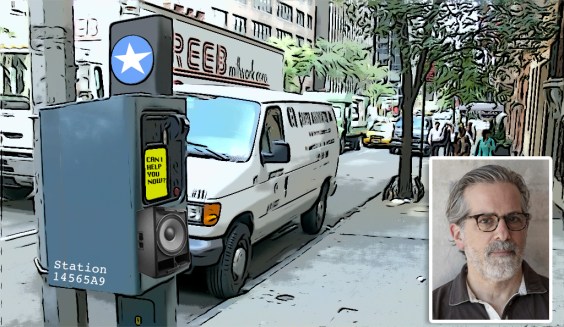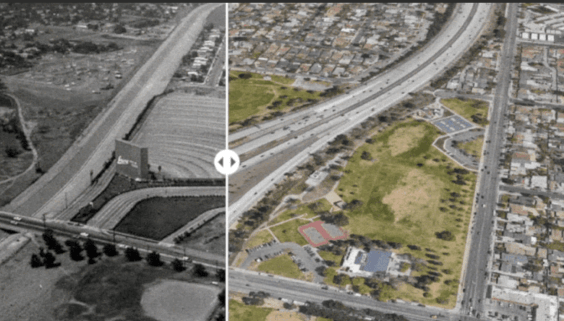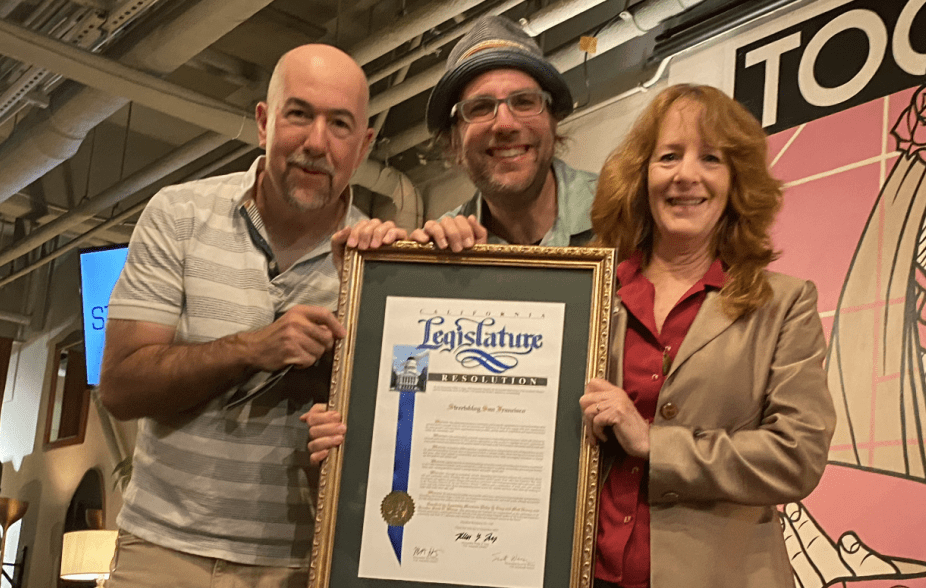Back in the day, we beheld the future, and in it, we were zipping about in electric cars. Yes, on that day way back in the aughts, we beheld a future in which a passel of problems were about to become passé: crippling gas prices, entanglements with oil-rich frenemies, dirty air, and climate-changing emissions would all disappear through the magic of automotive engineering. Chevy’s Volt, Nissan’s Leaf, and next generation EVs would mitigate car culture’s costs. And we would still get to drive all over kingdom come.
What happened to the fantasy of EVs should provide a reality check to our understanding of self-driving cars -- but that doesn’t seem to be happening.
Just over 71,000 of the vehicles now traversing America’s roads are electric — less than 0.03 percent of the total. Their share is likely to remain in the single digits through 2035. The revolution so heavily televised hasn’t happened.
New CAFE standards championed by environmentalists and set by the EPA have had a more profound effect, forcing incremental improvements to models across automakers’ fleets. Model year 2012 saw the greatest annual boost in fuel economy since 1975; from MY2006 to 2011, emissions dropped 10 percent as fuel economy improved 11 percent. Still, overall fuel economy remains under 24 mpg, far from the triple-digit dream that electric cars presented when rolled out. Experts also caution that the used-car market could undermine these standards, keeping old gas-guzzlers on the road longer as people avoid buying pricier new cars.
The evolution toward a less gas-guzzling car fleet is a slow one, nudged along by force of advocacy and regulation, and so too will be the evolution toward safer, self-driving cars.
It’s hard to tell this, though, from the coverage of self-driving cars in the media, which might be even more breathless than the coverage of EVs. Hopped-up headlines blare that self-driving cars will “change our lives.” They are going to “change everything.” Crash rates and insurance and medical costs will go down! Fuel efficiency up! Pollution and traffic congestion down! Productivity up! And everything’s going topsy-turvy “faster than you think” — our dramatic new future is once again moments away. Get ready.
Of course, self-driving cars have their critics. Some say consumers will resist them, distrusting their new technology or disbelieving they’d be fun to drive. Others claim that consumers should resist them because they are part of a government plot. Still others worry whether or not regulators can keep up with technology well enough to protect the public interest. NHTSA’s policy statement on "automated vehicle development," released last week, gives credence to this concern, explaining that the agency “is conducting research on self-driving vehicles so that [it] has the tools to establish standards for these vehicles.”
EVs faced similar charges pre-launch. Yet one argument used against electric cars has not been employed against self-driving cars, though it is among the most compelling: that they benefit only elites.
Hay has been made of the Volt’s roughly $40,000 price compared to the $30,000 average amount paid for a vehicle. Driverless cars could cost many thousands more. Yes, savings may come in the cost of ownership of these vehicles, but a high purchase price remains a hurdle only the well-financed can cross. The companies integrating some early self-driving technologies are mostly luxury purveyors: Audi, Mercedes, Volvo. And if the entire fleet ultimately turns over to self-driving cars, the last to have them will be the car-dependent poor, which means that if these cars are all they’re cracked up to be, the poor will be the last ones stuck driving the most dangerous, most costly-to-operate vehicles on the road.
Even Randall O’Toole, who predicts “fully self-driving cars” will be sold in the U.S. by 2020, admits that flow-through would take another 18 years, so now we’re talking 2030-2040. More cautious forecasters, including some auto execs, don’t see truly autonomous cars arriving for several more decades. A few automotive journalists have acknowledged cars that entirely or largely drive themselves may never come to be (although headlines such as “At High Speed, on the Road to a Driverless Future” fail to reflect that tempered view.) So we should expect -- or hope -- that the process will be slow if we expect regulators to help maximize safety. Viva la Evolución.
So, is there any harm in the hype? Full-bore enthusiasm may be needed to produce incremental improvements, and every increment in lives saved is a good thing. Pedestrian detection systems alone could advance traffic safety. Viva la Evolución.
The harm is this: Perpetuating the belief that a magic car will be the silver bullet that solves our transportation problems doesn’t just focus too narrowly on automotive solutions to transportation problems -- it slows down progress on non-automotive solutions. Detractors of transit like to point out that it can take decades for investments in rail infrastructure to be realized, claiming that nimble private car companies can and will bring us a better future more quickly. Media salivation over self-driving cars helps sustain this myth.
It also furthers the notion that the only really cool transportation technologies are automotive ones, preserving the car as a key marker of social status and symbol of progress. This makes it harder to encourage healthier and more sustainable and efficient modes, and harder to rally taxpayers behind transit investments.
“Mobility is freedom, at least a part of it,” O’Toole states, and that’s not wrong. What’s wrong is the persistent conflation of mobility with cars, born of a fascination with the latest gee-whiz technology. The expansion of mobility and freedom must work for all — not just those who can shell out for the latest vehicle.
Anne Lutz Fernandez, a former investment banker and marketing executive, is co-author, with anthropologist Catherine Lutz, of Carjacked: The Culture of the Automobile and Its Effect on Our Lives.







